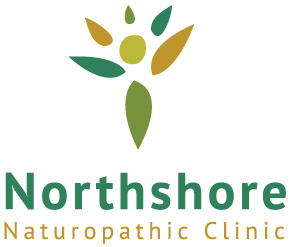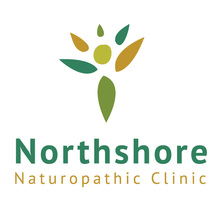By Dr. Matsen
“Today’s foods short on nutrition,” cries the headline in the July 06, 2002 edition of the Globe and Mail newspaper.
André Picard reports that the modern potato has lost 100% of its vitamin A, 57% of its vitamin C and iron, 28% of its calcium, 50% of riboflavin and 18% of its thiamine compared to potatoes grown 50 years earlier. Similar severe vitamin and mineral losses were found in 25 other common vegetables and fruits that were studied. Phil Warman, a professor at the Nova Scotia Agricultural College, said “The emphasis is on appearance, storability and transportability, and there has been much less emphasis on the nutritional value of fruits and vegetables.”
Health Canada refused to comment on the Globe and Mail’s findings, “saying the debate was an academic one.” This comes at a time when the “health care” of the country is in a crisis state-hospitals are overwhelmed with patients with “mystery diseases” and overworked medical doctors are demanding even more money, in spite of them not having many answers for chronic disease. Health Canada’s avoidance of the issue is in keeping to the path popularized by the pharmaceutical industry and the medical community in general, that disease is a mystery and more money needs to be poured into drugs and vaccines to save the vulnerable population.
Could it be that this ignorance of basic academic nutrition in agriculture and medicine is contributing to the plethora of chronic diseases seen throughout the age spectrum of modern society?
Let’s go back 50 years or more to when researchers still had enough nutrients in their food to think clearly, and let’s see what insights they had:
“With the advent of civilized man, about six thousand years ago the soil-building process was reversed in most areas where he resided: the quantity and quality of soil and the amount of life the soil supported all began to decline. His superior tools and intelligence enabled civilized man to domesticate or destroy a great part of the plant and animal life around him. But more important, his improved tools and techniques helped him, unwittingly, to destroy the productivity of the soil that supported life.”
Dale and Carter, Topsoil and Civilization
“The staple foods may not contain the same nutritive substances as in former times….Chemical fertilizers, by increasing the abundance of the crops without replacing all the exhausted elements of the soil, have indirectly contributed to change the nutritive value of cereal grains and of vegetables…. Hygienists have not paid sufficient attention to the genesis of diseases. Their studies of conditions of life and diet, and of their effects on the physiological and mental state of modern man, are superficial, incomplete, and of too short duration. They have, thus contributed to the weakening of our body and our soul.”
Alexis Carrel, Man the Unknown
“In many groups, the primitive stocks showed as few as one tooth per thousand teeth attacked by dental caries before contact was made with modern civilization, and an increase for the highly modernized groups to 400 and even 600 per thousand.
Similarly, the health of the supporting tissues, as expressed in loosening of the teeth…often changed from a very high immunity to an exceedingly low immunity in a short time after a group made contact with modern civilization.”
“It is particularly tragic that whereas many of the primitive races studied have had practically no delinquency problems prior to their contact with the white race, serious problems have arisen with the processes of modernization.”
“A chemical analysis of the primitive foods provided in the various native dietaries when compared with the foods of commerce has disclosed a much higher level of minerals and vitamins in the native foods…than in the foods of commerce.”
Weston Price, Nutrition and Physical Degeneration
“The power to resist diseases, which organic farming and gardening confer on the plant and on the animal, is duly passed on to mankind. The evidence in favour of this view is rapidly growing. When examples without end are available, showing how most of the malnutrition, indisposition, and actual disease from which the population now suffers can be replaced by robust health by merely living on the fresh produce of fertile soil, it will be a simple matter in any democratic country for the people to insist on their birthright-fresh food from fertile soil-for themselves and their children.”
Sir Albert Howard, The Soil and Health
So, quietly, over the last fifty years or so, the food that comes to your table has been depleted of important nutrients as the organic farming of the last few millennia has been replaced by chemical farming. This depletion of vital nutrients in agriculture takes place before refining and processing of foods does even more damage. In Eating Alive II, I show how crucial every nutrient is in order to have properly functioning liver enzymes, the key to vibrant health.
The decline in food quality has been partially filled by the food supplementation industry, which has grown dramatically during the same period, but the void left by short-sighted farming techniques is vast. In the December 2002 Monthly Comment, I’ll show how some vitamin supplementation may actually aggravate Alzheimer’s Disease and other neurological diseases.
Fortunately, due to the work of the above researchers and many others, high-nutrient organically grown foods are becoming more readily available as alternatives to chemically grown, lower-nutrient foods. You have the choice to be eating alive.


